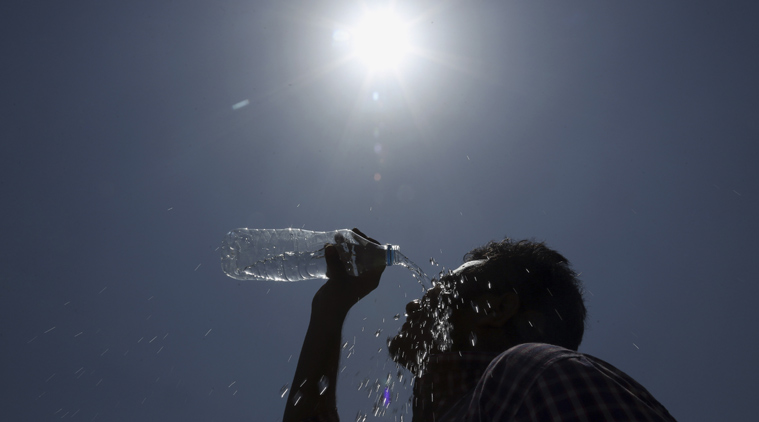Heatwaves in India
March 31, 2017 | Expert Insights

Protocols need to be in place
Anticipating a structural shift in the country’s weather, the India Meteorological Department (IMD) is training state governments to improve their mitigation preparedness to cope with the persistent heatwaves. IMD has tied up with state disaster management commissioners and health secretaries. It has prepared a standard operating procedure template and a sequence of actions to be triggered during a severe heatwave.
What are Heatwaves?
- IMD broadly defines a heat wave as when a place’s temperature is 5-6 degrees above normal.
- They are usually defined as conditions triggered by the temperature rising to more than 45 degrees Celsius. When temperatures soar above 47 degrees Celsius, it is known as a severe heatwave.
What is the Importance of the Initiative?
- Temperatures across India have been rising on an average of 0.7 degrees every decade, according to IMD, with 2016 the hottest so far.
- Heatwave guidelines will facilitate the stakeholders in preparing a heatwave management and action plan by providing insight into the heat-related illnesses and the necessary mitigative and response actions to be taken.
- It will help in mobilizing and coordinating various departments, individuals and communities to protect themselves against avoidable health problems during spells of very hot weather.
Assessment
The people most affected by heatwaves are the homeless, farmers, policemen, construction workers, postmen and vegetable vendors—i.e, those who live or work outdoors. Severe heatwave conditions in the past have resulted in school and college vacations being extended. The health impacts of Heat Waves typically involve dehydration, heat cramps, heat exhaustion and/or heat stroke. Preparing for what is inevitable is pertinent. It shows the bigger picture, the importance of keeping temperature rise under control.








Comments